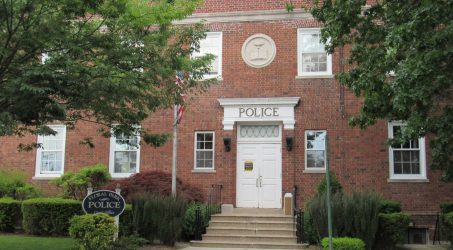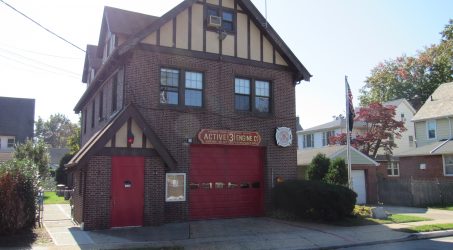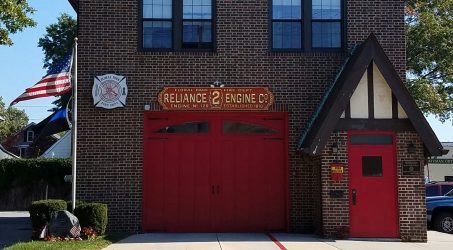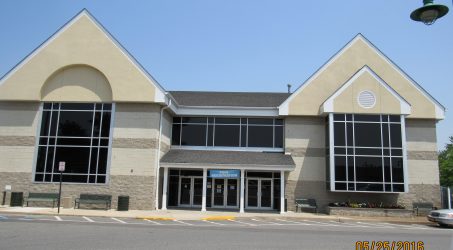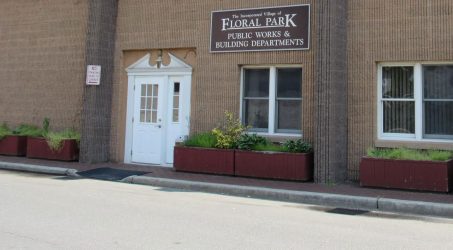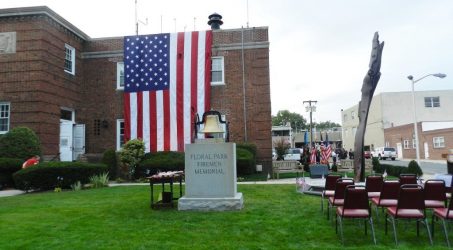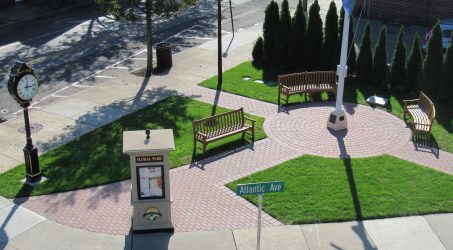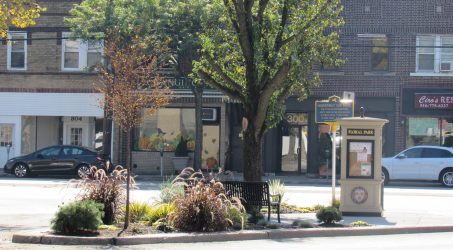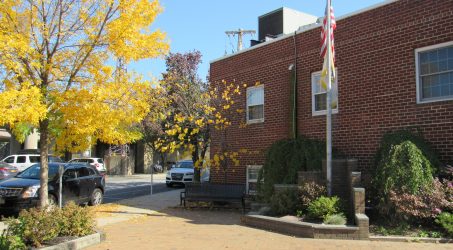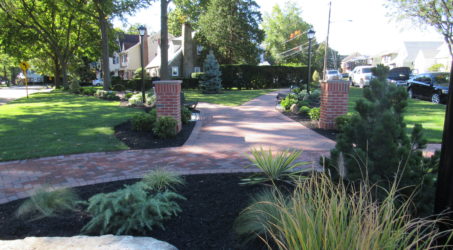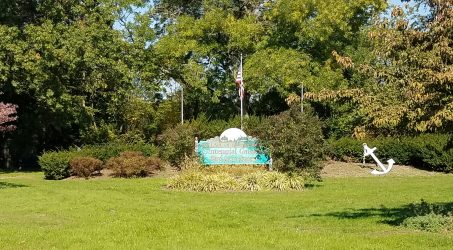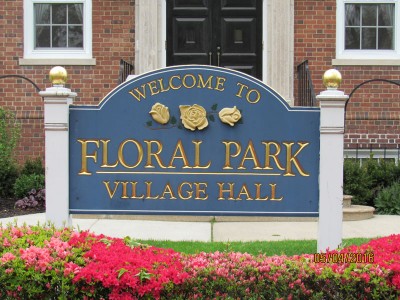Recently, LIRR President Pat Nowakowski issued a press release in which we were assured that the MTA-LIRR is listening and listening carefully. President Nowakowski states that they are taking all our concerns and incorporating them into their next step, which is the release of the Draft Environmental Impact Statement (DEIS). He claims unprecedented community outreach has been achieved and that the DEIS will answer in “painstaking detail” each and every one of the many questions and concerns enunciated at the scoping sessions.
Well, if the LIRR was truly listening, then they would have heard Floral Park, the other Mainline Villages, Congresswoman Kathleen Rice, Senators Martins and Hannon, Assembly members Ra and Solages, our County Legislators Nicolello and Muscarella, our Town council members and each of our Democrat and Republican candidates for the 7th Senate District say: This process is moving too fast and the LIRR has not given the impacted communities enough information or time to meaningfully evaluate or ask substantive questions about this mega project. If the LIRR did in fact hear us, then they are ignoring us because President Nowakowski’s press release makes clear that the LIRR is moving ahead to the next phase of this process at an irresponsible speed.
In fact, this entire process is premature. The proposal fails to meet three threshold tests:
First, before any project should proceed, the proponent should justify it. Despite the fact that the Mainline Villages have been asking since February, the LIRR has yet to explain why this disruptive megaproject is necessary given that LIRR President Nowakowski had already previously identified and proposed seven incremental and sensible improvements that would achieve the service improvements along the Mainline that this proposed mega project claims to address.
Second, no one has any idea how this massive project is to be funded. Even members of the State Assembly and Senate have yet to receive basic information about this project. There is no legislation authorizing this project and there is no budgetary appropriation for this project to date. Members of our Assembly and Senate Delegations are perplexed as to how this Megaproject will be funded.
Answers to the question of how this Megaproject will be funded will determine if the environmental review process that the LIRR is proceeding under is even the correct process. In the absence of knowing anything about a funding source, the project, thus far, has been allowed to proceed under the New York State Environmental Quality Review Act (SEQRA) Conveniently, and very likely not coincidently, this has allowed MTA-LIRR to select itself as the SEQRA lead agency overseeing the review of its own project. However, if this project is receiving Federal Funding, the review would need to proceed under the Federal National Environmental Policy Act (NEPA), with a federal body acting as the lead agency, ensuring a neutral, objective review.
On July 19th, Congresswoman Kathleen Rice announced the passage and funding of the $305 Billion ‘Fixing America’s Surface Transportation Act (FAST Act)’. She identified several Long Island projects that will be funded through this Federal program, including the LIRR’s addition of a second track into Ronkonkoma. But she specifically stated that funding for the Third Track would not, at this time, be funded through these Federal funds. However, one can infer that if the projects at Wyandanch, the Ronkonkoma track work, the Ronkonkoma Hub and the East Side Access are each to receive Federal funding, it follows that the tracks lying between those projects would need Federal funding as well. It is incumbent on the MTA-LIRR to identify the source of funding for this project now – the public deserves to know.
Third, while MTA-LIRR is hurtling down the track at breakneck speed, the documents released to date are completely devoid of basic details concerning the project. The hastily prepared scoping document lacked essential and fundamental information from which a meaningful review could be conducted by the public, as required by SEQRA. Although the preliminary planning documents provide some conceptual information about possible grade crossings elimination, factors as important as drainage, which was one source of unplanned delays at the Roslyn Road grade crossing, is not disclosed. Will there be a need for condemnations to create recharge basins? We are left to guess. The scoping hearings review rooms had pretty pictures but no plans about the placement of the tracks. We know the LIRR is unsure of the boundaries of its own Right of Way. How can they say with certainty that the Third Track will stay within their right of way when the LIRR has yet to identify its right of way? There were no plans for required additional trestles or bridges, supporting superstructures at the Floral Park Station, nor new bridge abutments at Tulip, Tyson or Plainfield. Will the center platform remain? What are the operational benefits for Floral Park?
Will the Hempstead Branch become a single track operation? What impact will the proposed North East Corridor (NEC) Future Project have on this plan? Why is this project even proceeding before the Federal government identifies its preferred alternative for the NEC Future Project, as is expected in the near future after a comprehensive, multi-year review process? If the NEC Future Project preferred alternative incorporates a new rail line and new stations through Long Island, proximate to the LIRR Main Line, how can the massive project MTA-LIRR is contemplating be even justified or undertaken? What will the cumulative impacts to the Mainline communities be if that happens? These are critical questions, yet, astonishingly, MTA-LIRR’s scoping documentation does not even acknowledge the existence of the NEC Future Project, let alone discuss it. These are not questions of deep engineering complexity – these are fundamental questions. If you build an addition to your house it is somewhat important that you know where your property ends and how you are paying for it.
The basic elements of any construction project — plans, means and methods, constructability – – all need to be defined before the LIRR began any scoping process.
How could the MTA-LIRR embark on a megaproject on this magnitude and complexity without first being in a position to answer these simple threshold issues? One begins to wonder not whether the LIRR is listening to us, but rather we begin to question whether the LIRR has a serious regard for the impact this project will have on western Nassau County.
We are asking that the MTA-LIRR explain and answer these simple, basic, preliminary questions first. We need responses to these fundamental questions now as the future of our Village is at stake. No amount of special interest group press releases will make a wrong right. There may yet be a need for a third track, but only after the reasonable and incremental improvements, already identified by the LIRR president himself, are first implemented. The problems identified and addressed in that plan, if not attended to first, will remain and interfere with the construction of the Third Track which then would most certainly become the latest $1.5 BILLION boondoggle.

